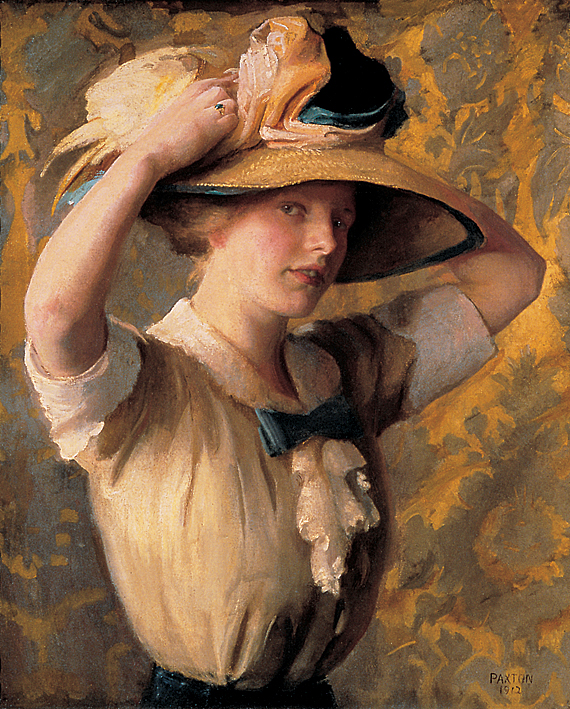The past few years have seen shepherd's huts become the countryside must-have; a luxury item, an upmarket shed, the perfect present for the man who has everything. Whether it's a restored Victorian hut or a freshly built one with all mod cons, the hut is enjoying a new lease of life. You could say the shepherd's hut is the new (rural) beach hut.
They are used as offices, children's play houses, writing rooms and even mini shooting lodges. All sorts of people have them, according to David Cherrington of the Shepherd's Hut Company: "I have sold huts to lords and ladies, scrap metal dealers, amateur painters and everyone in-between." Everyone, it seems, except shepherds, although fantasy author Terry Pratchett, a famous hut nut, is said to have purchased one for its original purpose.
There's something about a shepherd's hut; something transcendental, some Proustian tug to the past. Once seen, never forgotten and eternally desired. You could imagine Thomas Hardy's Gabriel Oak sitting inside one of these simple little structures, feeding a sickly lamb in front of a warm stove while picturesquely pining for Bathsheba in Far from the Madding Crowd.
The shepherd's hut was a simple yet comfortable wooden home on wheels. In the past it was a common sight during lambing on the Wessex Downs when shepherds watched their flocks by night and day. It was kitchen, dining room, bedroom and parlour all rolled into one. When the sheep needed moving the hut came too – it was the ultimate rural mobile home. But times and farming practices change and the majority of huts ended up stranded in hedges, alone and isolated in woodland or serving out their days as hen coops. Until now.
The durability of these huts is evident today with many fine examples still being used by farmers, mainly as storerooms, and can often be seen parked up alongside fields. Many more have been consigned to agricultural museums giving testament to days gone by.
{Builders in UK}
Court & Hunt
5, Guildcount Lane,
Sandwich,
Kent
CT13 9EZ
Tel: 01304 617282
Roundhill
Contact: Louise Adams
Telephone: 01243 811447
Mobile: 07808 730990
The Old Wash House,
East Dean, West Sussex.
PO18 0JF
Sabin Designs
Newland Grange
Stocks Lane
Worcestershire
WR13 5AZ
Telephone: 01684 216299
Mobile - Shaun: 07792 165485
Email: sales@sabindesigns.co.uk
The Yorkshire Hut Company
The Yorkshire Hut Company, Unit 2,
London Ebor Business Park,
Millfield Lane, Nether Poppleton,
York, YO26 6PB
Office: 01904 270707
The Stepherd Hut Company
David Cherrington,
The Shepherd's Hut Company,
Tel: (01822) 612 720
e-mail: info@shepherd-hut.co.uk



+16.39.55.png.jpg)
+16.40.03.png)







+16.40.28.png.jpg)


+16.41.28.png.jpg)



















+15.11.12.png)


















